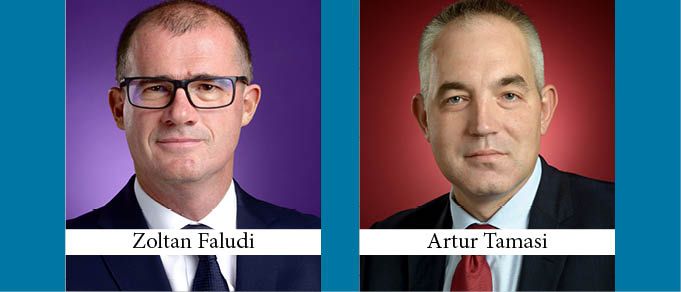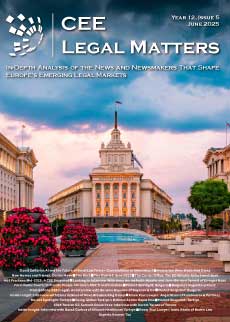The new Hungarian Code of Civil Procedure (the “Code”) came with a number of ambitious promises, many of which have already been addressed in CEE Legal Matters. However, a prominent promise, namely increasing the transparency and predictability of litigation, has not yet been discussed in these pages.
Predictability is a key aspect of any legal system, and the concept may be understood at two levels. First, in terms of procedure: witnesses, experts, etc., and the expected timeframe and cost range. Second: the chances for each party to prevail. The Code promises increased predictability on both levels.
In terms of procedure, the split litigation model and the more stringent procedural structure are the key tools. In the split litigation model it is the preparatory phase that is key to predictability. In this phase the participants to the case, the relief sought, the defense plea, and any objections and counterclaims as well as the parties’ factual and legal statements and evidence-taking motions shall become fixed. Later on, at the hearing of the merits phase, these can only be varied in exceptional circumstances (or at least in circumstances the legislator expects to be exceptional). The fact that, except in extremely rare cases, no new parties, claims, or witnesses will be allowed to appear after years of litigation, shall greatly help in estimating the time and cost aspects of any litigation.
Moreover, the Code encourages the parties to make their requests, statements, and motions as soon as possible even within the preparatory phase. It is nothing new that a plaintiff shall present the relief sought and the supporting facts and evidence in its statement of claim, and the defendant shall do the same in the statement of defense. However, it is new that this rule will be taken more seriously. A party that makes any statement or motion in delay during the preparatory phase shall get a mandatory fine. While the parties may change their requests, statements, and motions during this phase, it might be costly if they do so without a good reason.
A more stringent and formalized procedure aids in this. Gone is the possibility of filing a pleading at any time. Following the statements of claim and defense the parties may submit a response and counter-response, and other pleadings may be submitted only if requested by the court. The parties can also make submissions at the preliminary hearing, but only if the court decides that such a hearing is necessary (which will likely be the norm except for simple cases). This will provide litigating parties a much better grasp of what they can expect from opponents in the early stages of litigation, making predictions more accurate.
Moving on to the predictability of the merits, the key aspect is the change in the extent in which the court is bound by the relief sought. We see this as one of the most significant changes of the Code. Previously, the court was generally bound by the request of the party (it could not award more than what was requested) and by the facts submitted by the party. However, it was not strictly bound by the legal grounds relied on by the party, and if the court saw an opportunity to award the request on other legal grounds, it could do so if the necessary facts were available. This sometimes resulted in so-called surprise-judgements made on different legal grounds than those pleaded by the parties.
This possibility is now gone. The court may decide the case only on the basis of the legal ground submitted. The court will have some opportunities to orient the parties towards other legal grounds than those pleaded, but if a party does not accept this guidance, the court will not be allowed to move to alternative legal grounds on its own.
If the merits of the case need to be assessed only on the legal ground(s) specifically pleaded, the assessment of the outcome can obviously be more accurate, which increases predictability. Of course, no procedural rules can help if the substantive law is not predictable itself.
In summary, the Code promises better predictability both in terms of procedure, timing, and cost, and in terms of the merits. If the Code works as expected, lawyers who are required to estimate these factors regardless of the procedural setup shall be able and businesses can expect their lawyers to make better predictions in litigation.
By Zoltan Faludi, Managing Partner, and Artur Tamasi, Senior Associate, Wolf Theiss Hungary
This Article was originally published in Issue 5.11 of the CEE Legal Matters Magazine. If you would like to receive a hard copy of the magazine, you can subscribe here.




